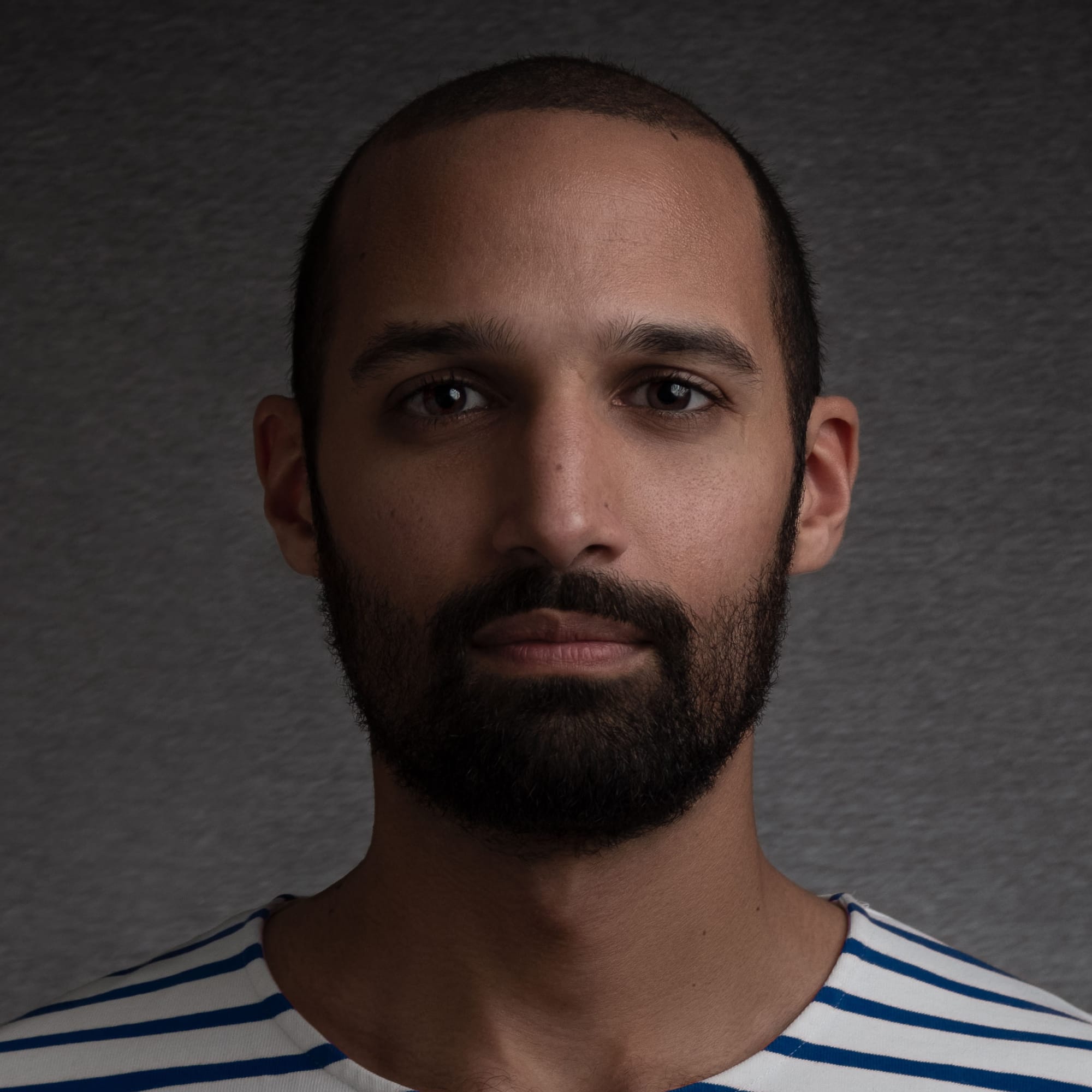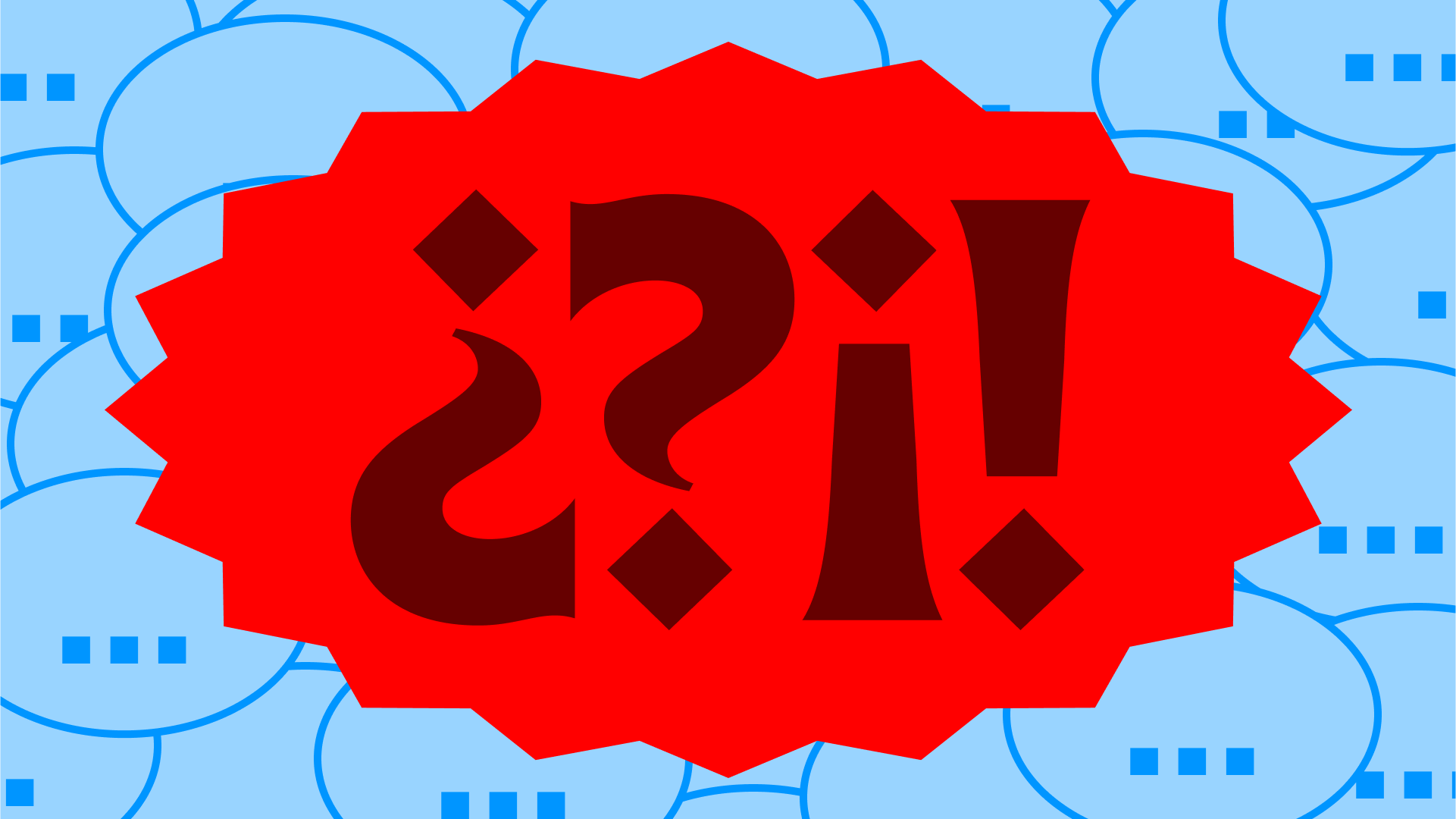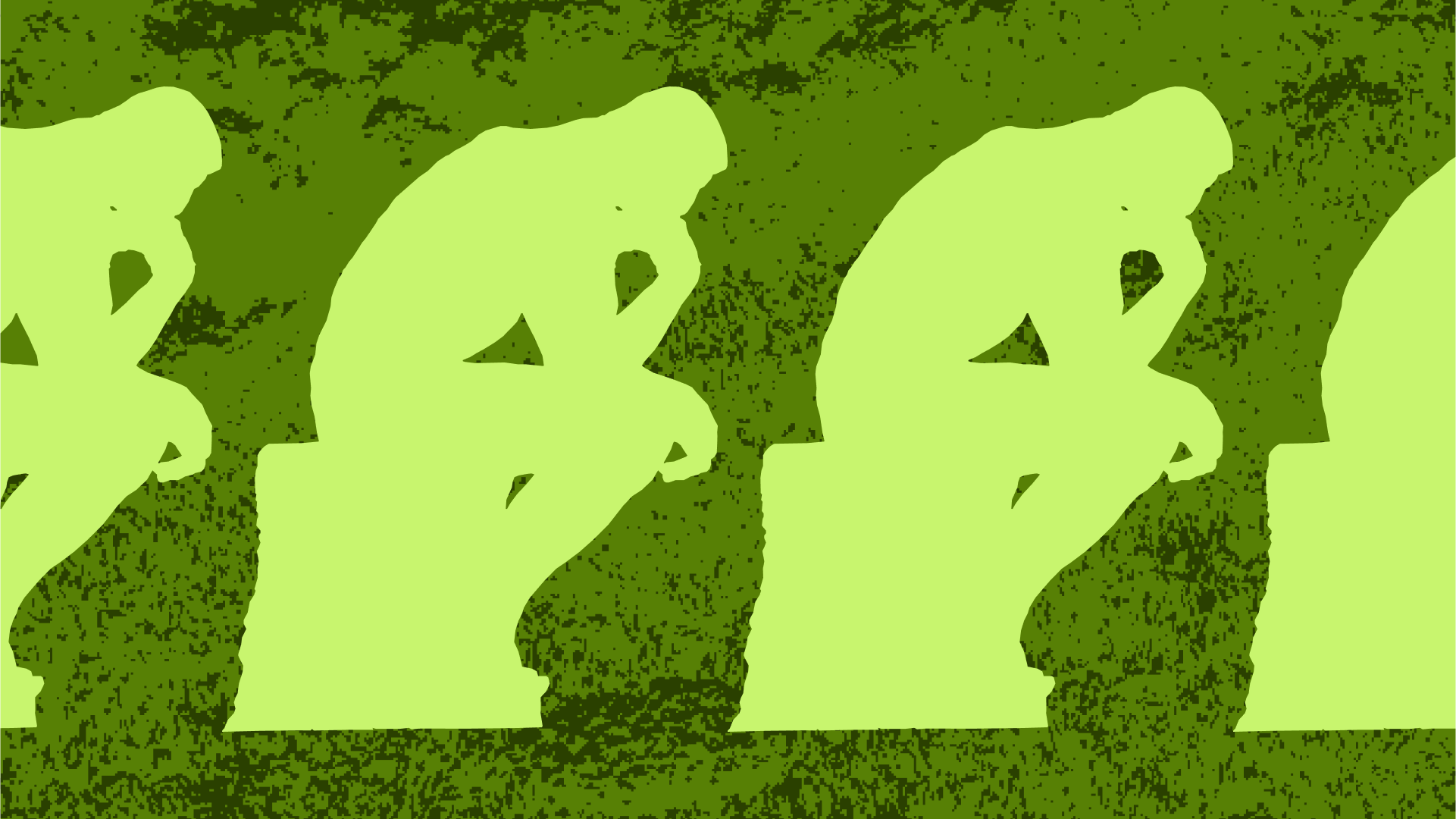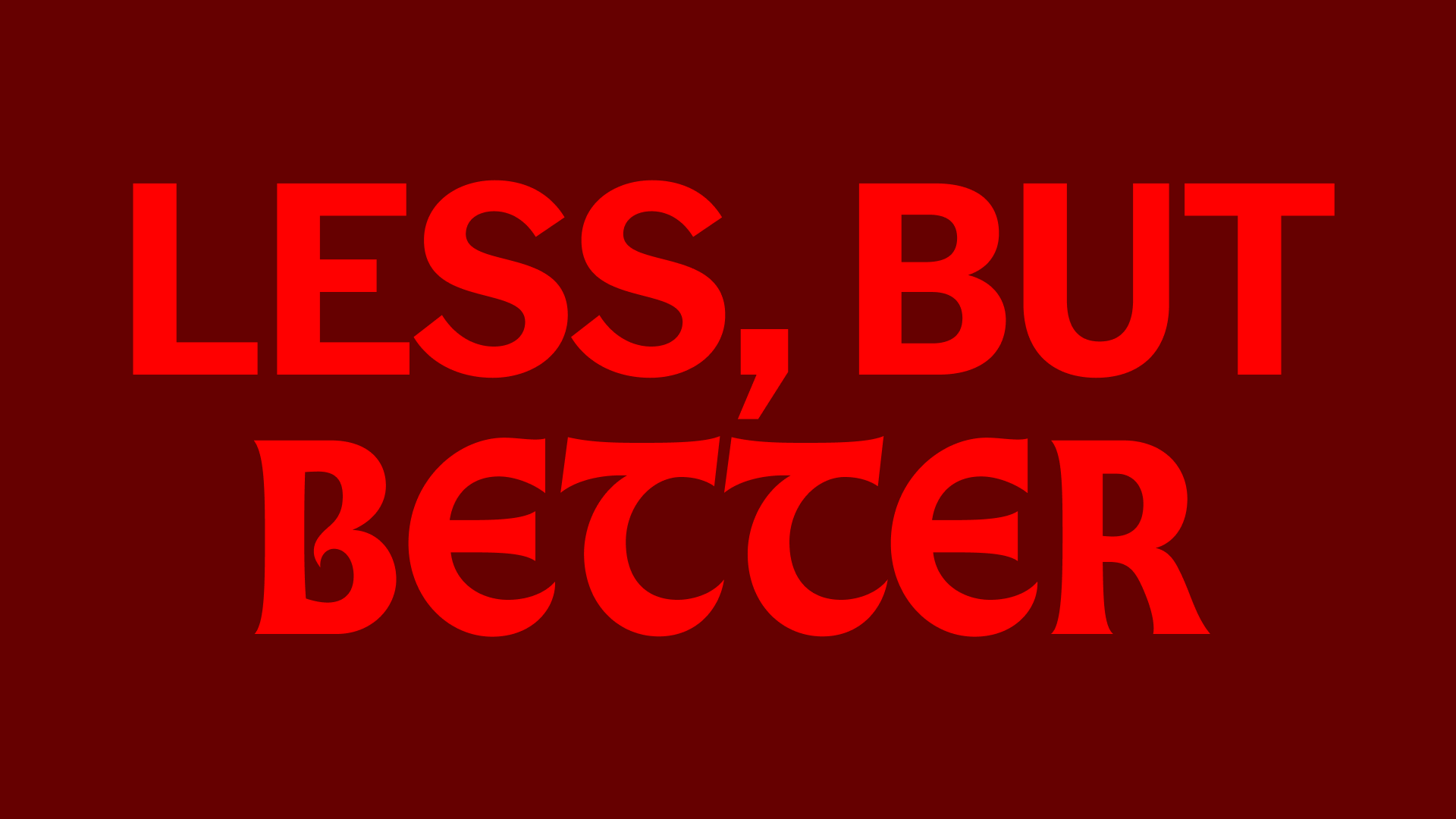What’s driving design culture?
Even if design drives culture, we have to ask, "Who's at the wheel? And where are they driving to?"

Eleven years ago, at the beginning of my career, when I thought about what designers do, it seemed relatively straightforward. For whatever reason, my aunt would always go on about how I could ‘design wine labels’ and how excited she would be to have one I designed—but for me, design came down to a few things:
Beautification. Organization. Possibly expression.
Naive? A bit.
While these basics might have been true at one point, design has become much more than that. It’s now integral to how businesses communicate, operate, and strategize, and for a long time, it’s been the catalyst for increasing revenue. But we can do better. I’m not saying these elements of design are unnecessary. It just feels like we’ve hit a cultural wall by limiting our focus to 'what’s good for business.'
Design’s entanglement with capitalism buttresses that wall by faithfully supporting the system and mimicking its actions.
Although billions of dollars worth of products and services flow from producers to consumers every day, the system doesn’t create the abundance we’re told it does. Instead, it generates a scarcity of time, income, autonomy, and social connection (to name a few). In its current form, the design industry mirrors this with a scarcity of ideas.
That may seem odd since the design industry is known for its ideas; we’ve crafted a deep mythology around conjuring them at will. However, similar to our focus, the mythology of ideas is limited—in this case, to visual or strategic realms. When I talk about a scarcity of ideas, I mean the upstream social ideas often filtered out of our strategic and visual decisions. (How many creatives at Uber, Airbnb, or any associated agencies agree with how those businesses create precarity in housing or their drivers’ livelihood?)
This scarcity expresses itself in at least three ways:
I: Hype
The design industry enables capitalism’s bread and butter: hype cycles. These cycles—in which design and tech are both implicated and ensnared—create, out of thin air, the scarcity the system demands. With hype comes a cycle of desire and purchases. But if capitalism created true abundance, we wouldn’t need adverts to tell us we’re ugly, weak, or unproductive. Nor would we suddenly need AI assistance to write that much better, design that much faster, or read that much more insightfully.
Hype turns regular activities into goals constantly achieved then readjusted. Along with scarcity, it invites us to a better tomorrow that never quite ends up arriving. They’re the mirage and the stretch of desert that continually separates us from it.
II: Incrementalism
Scarcity also shows up in the incremental progress we make in design. We can’t reinvent the wheel every day, but we could at least think about different ways to use it. One way this is evident is in the industry’s lackadaisical approach to sustainability, which is the main reason I started this newsletter and why it focuses on cultural change.
As Future Observatory director Justin McGuirk says
The problem with so much ‘sustainable design’ is that it’s trapped in the existing paradigm and so struggles to move beyond the most narrow goals: reducing a bit of plastic here, improving a bit of recycling there and so on.
While we explore new territory through materials, we fail to see that materials are one of the weakest leverage points to act on—likely No. 10 (of 12) on Donella Meadows’s list of Places to Intervene in a System. Besides their low utility, new materials fail to inspire the way building a radically new cultural story would.
The preference to make minimal improvements shows a scarcity of ideas and is a specific example of how design reinforces the status quo it often claims to fight against.
III: Normality
Last time, I wrote about how dualism imposes normality on society. Design has helped enforce this normality through its global standardization of corporate aesthetics and, more recently, its copy-able mood board process and hyperfocus on doing things fast instead of doing them differently.
This combination makes it easy to go to opposite ends of the earth and get the same tourist experience. Or to various social platforms, even brand new ones, and encounter the same like-comment-subscribe structure. Or create “AI designs” that look a little too similar to the stock Apple Weather app. While this reduces friction, friction is often the whole point. The moments of friction—struggling to find your way around a city, build a new community, or design something—are when interesting ideas appear, and you find growth. Outsourcing friction turns us into walking Lay-Z-Boys.
Maybe I’m speaking for myself, but until COVID, it feels like this standardization was seen more positively. The world deserved good design, and it wasn’t uncommon for designers to be itching to ‘improve’ the ‘undesigned’ world. Now, it feels like ‘good design’ can actually create what it claims to abolish: mundanity and a lack of diversity. Or maybe the standardization dial got turned up to 11.
These outdated ideas hold us back from constructing new ones, and if design wants to be useful for more than economic growth, we need to lay them to rest. But that’s easier said than done.
For one, our definition of success is defined by what we consume. How much of that definition has been thought up in the boardrooms of multi-trillion-dollar companies rather than by close friends or great literature? For the design industry to stop supporting the unsustainability of the current system, we need to see with a beginner’s eye and find new references. If designers are really lateral thinkers, we need to apply that thinking to more than design systems and brand strategies.
Dreaming Big
By mid-way into my career, more than one boss had told me I needed to let go and experiment if I wanted to do more exciting work. In fear of going too far and getting rejected, I didn’t go far enough and made that reality. I think the design industry is in the same place now, where we’ve developed an aesthetic dream but lack the will to experiment and create a social dream—one that might deliver on the ‘change makers’ role we like to claim.
But this social dream can’t just appear from nothing. It needs the right conditions. Along with embracing diverse, radical, and meaningful ideas—the opposite of the scarcity-driven frameworks above—it requires a historical, systemic worldview; without this, we’re left to focus on what happened instead of why.
We see the events—Figma and Adobe scraping our work for AI training by default—without seeing through to the system’s underlying behavior—that the nature of capitalism is appropriation and enclosure. Likewise, we’re easily persuaded to focus on craft and beauty; these are key leverage points for design, no doubt, but when they lack a social identity, they turn into instrumentalism. With these blinders tightly fastened, we repress the deeper consequences of our work so we can collaborate with the industry’s biggest players, beautifying ideas that actively harm us.
In this paradigm, “designers are both exploited and exploiters,” says Ruben Pater.
We forego much of our power by not demanding more from ourselves, our clients, and the industry. We reduce ourselves to the whims of the market because we have to pay the bills, but that forfeiture keeps us from imagining better futures. It probably shouldn’t surprise you that there’s a precedence for this from early capitalism. In contrast to feudalism, riots in this period started to be about hunger rather than people’s quality of life. The level of inequality kept people ‘fighting for scraps’ instead of autonomy.
It’s great that we have a seat at the table, but now we have to take a stand and ask ourselves if this is the table we want to be at. If we don’t, we’ll continue to enrich (and be enriched by) the corporations destroying the world. I don’t claim innocence about cashing their checks—most of us can’t. But I do think we, collectively, have to make a decision. The industry and the people who make it up must ask what’s driving design culture: profit or planet?
Practical Power
What could we do with radical change? Again, craft and beauty are major leverage points for design, so why not use these for social ends rather than capitalist ones?
For starters, I believe designers have the power to make community ownership attractive. We’re well-practiced at doing the opposite—creating exclusivity for luxury brands—so, in theory, all it takes is a flip in perspective to put the public good in the valuable, desired position. We could guide companies in strategy and identity to create more products that bring people together, with network effects of enjoyability, instead of forcing them to lead individualized lives.
Secondly is the idea of using advertising as a lever for social cohesion instead of individualism. How do we, as designers, thread this needle of spreading regenerative products and services without falling into the trap of consumerism and “throwaway culture”? What if advertising can link these things to a collective identity instead of individual identity and social acceptance? In this sense, we have to learn how to master our tools instead of being mastered by them. This “hacker ethic” develops personal agency.
Design is the transition space between stories. The coincidental part is that humanity is between stories right now, from separation to integration, which means design can play a much more useful role than simply increasing revenues.
According to physicist Fritjof Capra, “What is destroyed when a living organism is dissected is its pattern. The components are still there, but the configuration of relationships between them—the pattern—is destroyed, and thus the organism dies.” If that’s true, creating new patterns—i.e., new relationships—also creates new life.
What new ‘life forms’ would emerge if design patterns were focused not on progress and profit but on people and a thriving planet? I’m sure the answer would genuinely excite my aunt.





Discussion